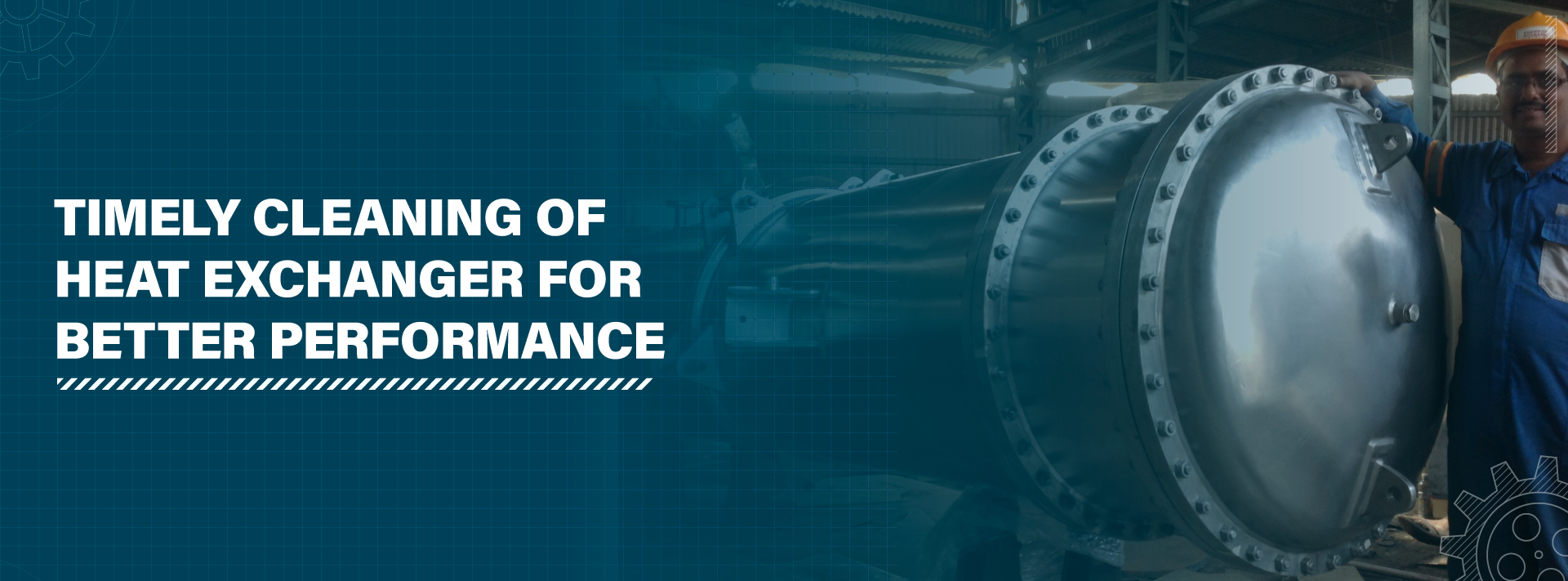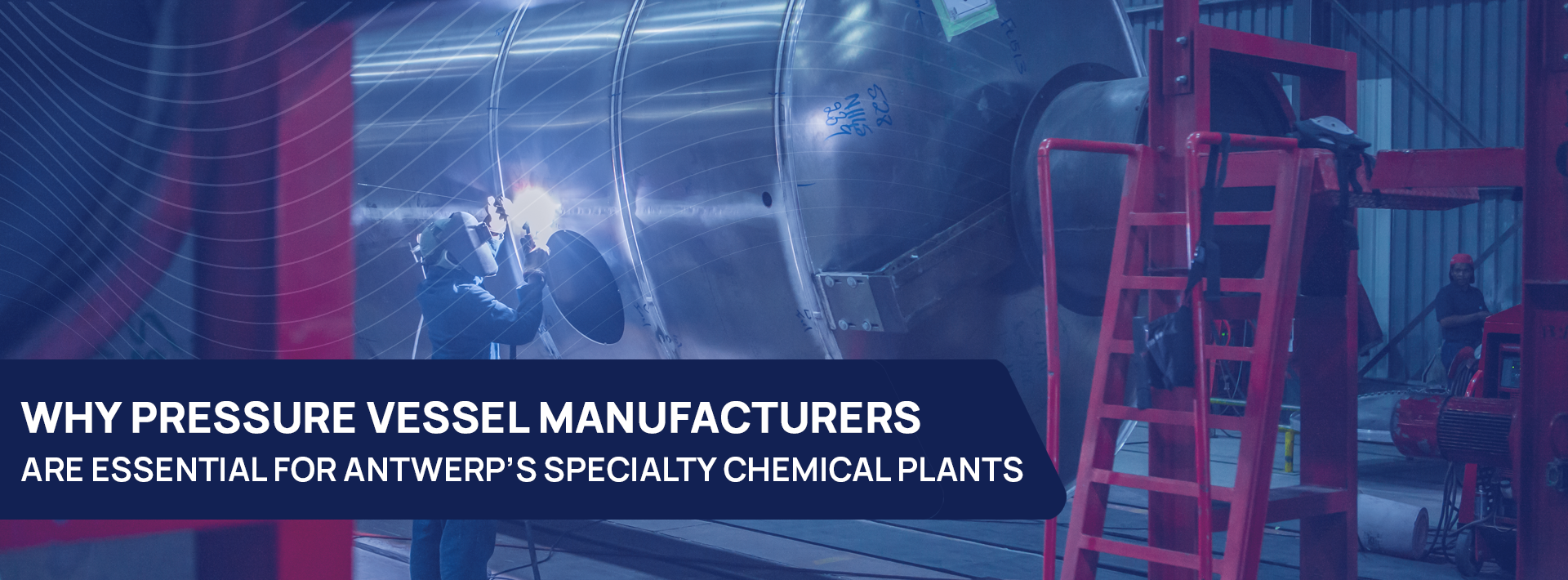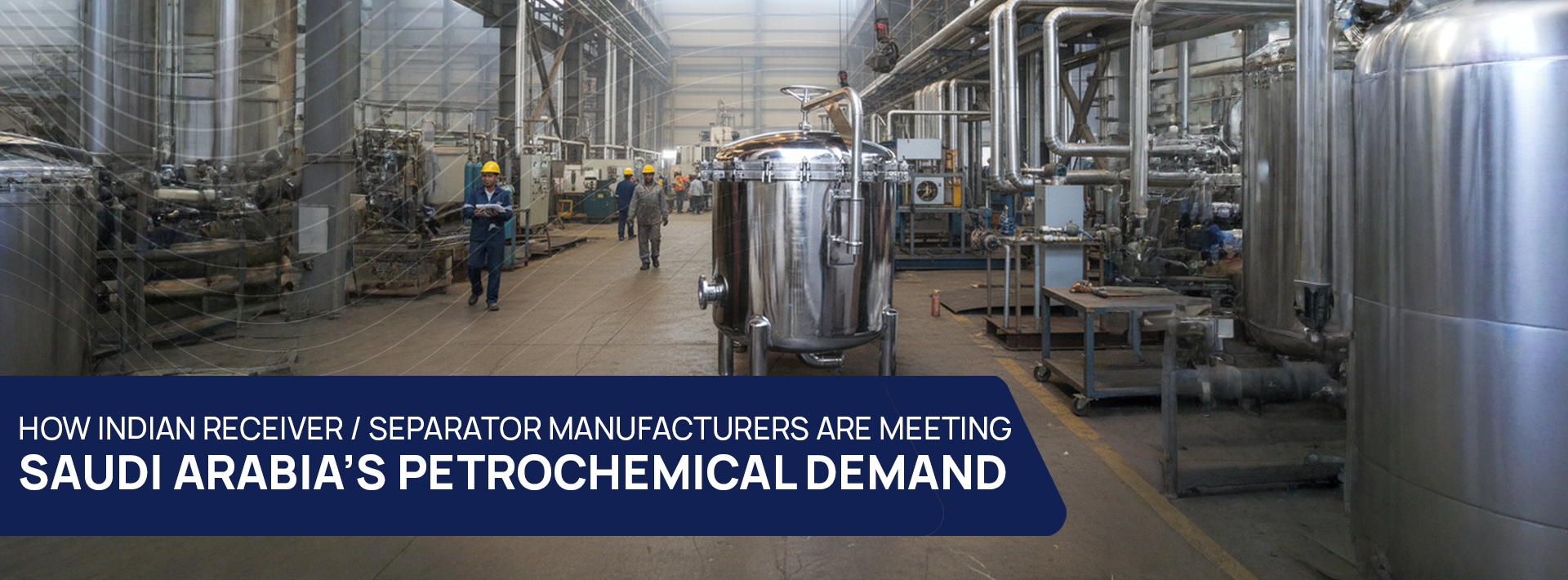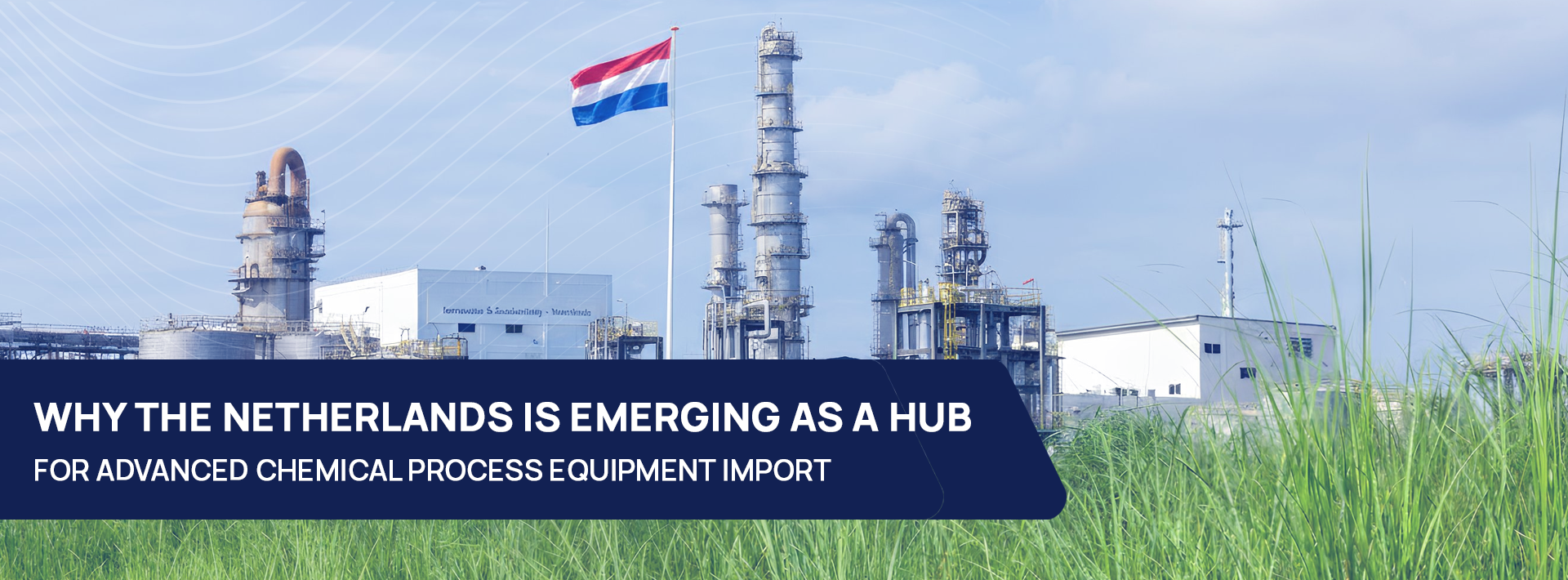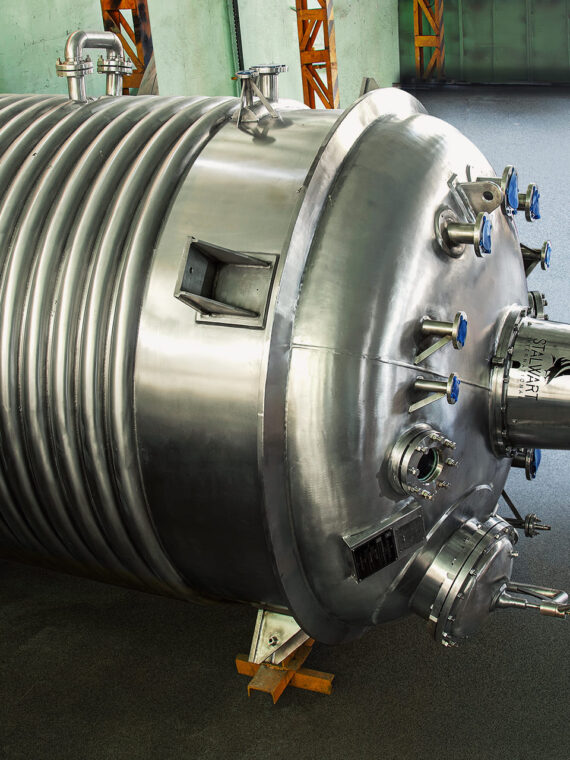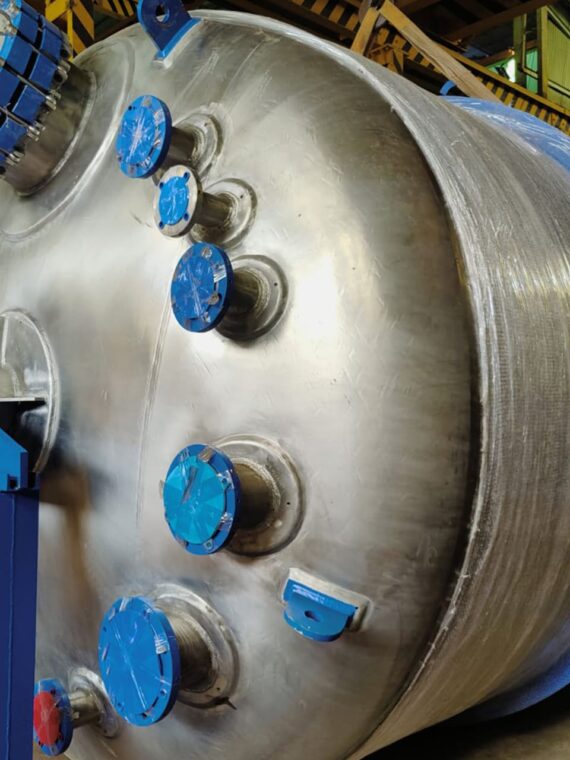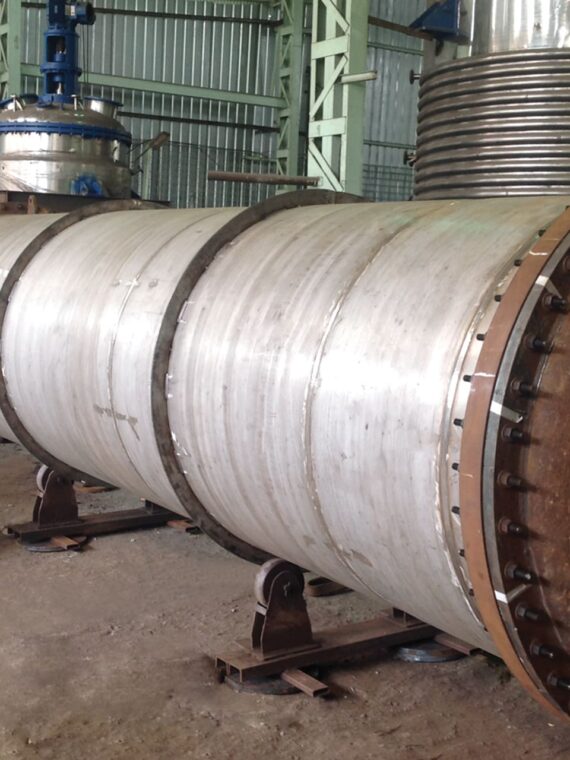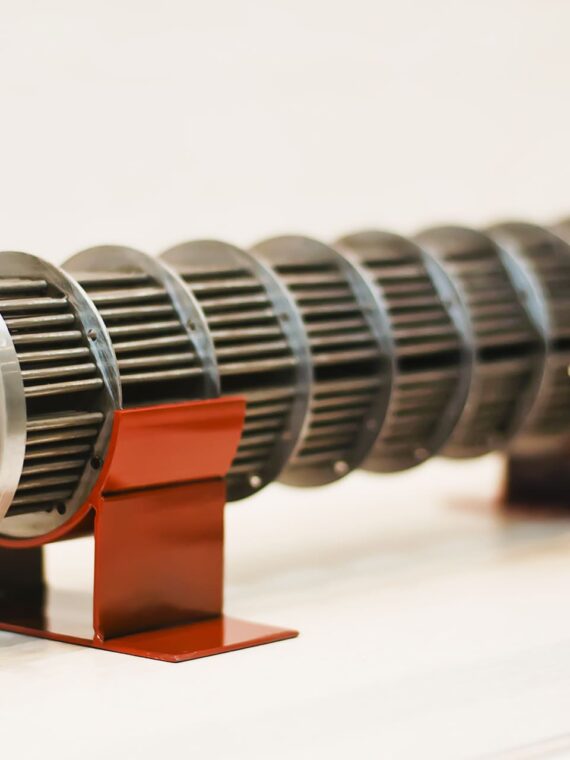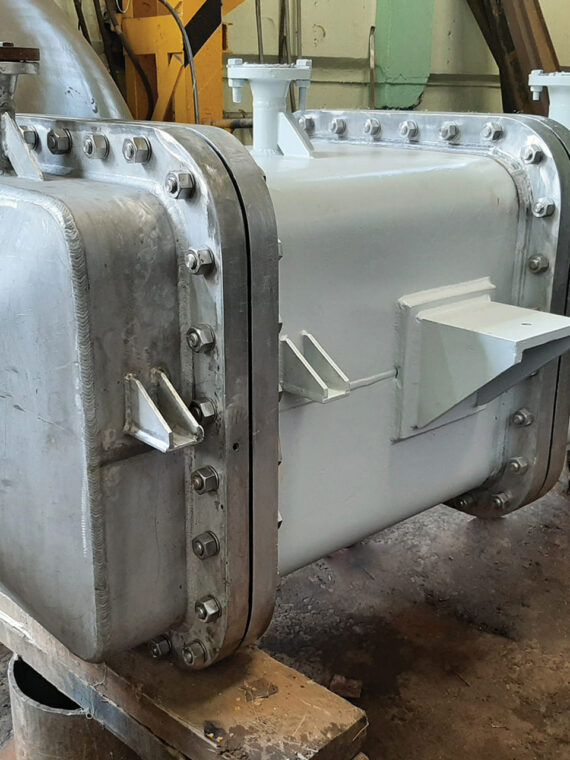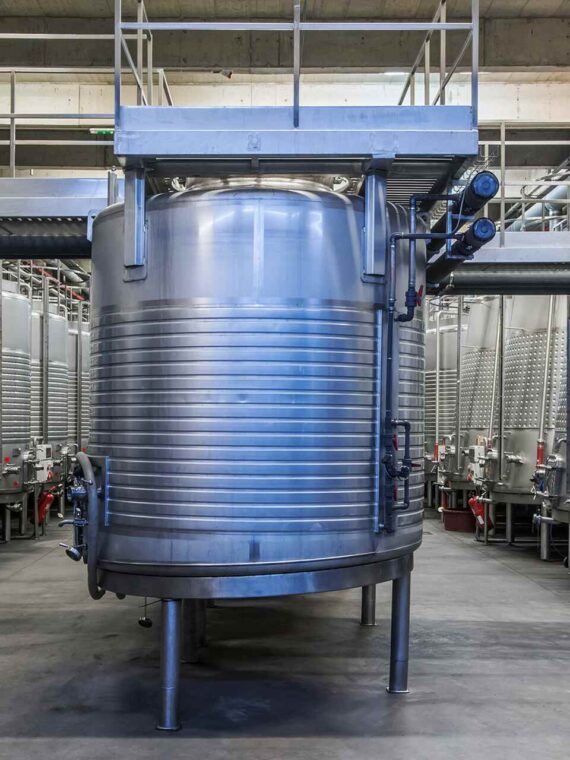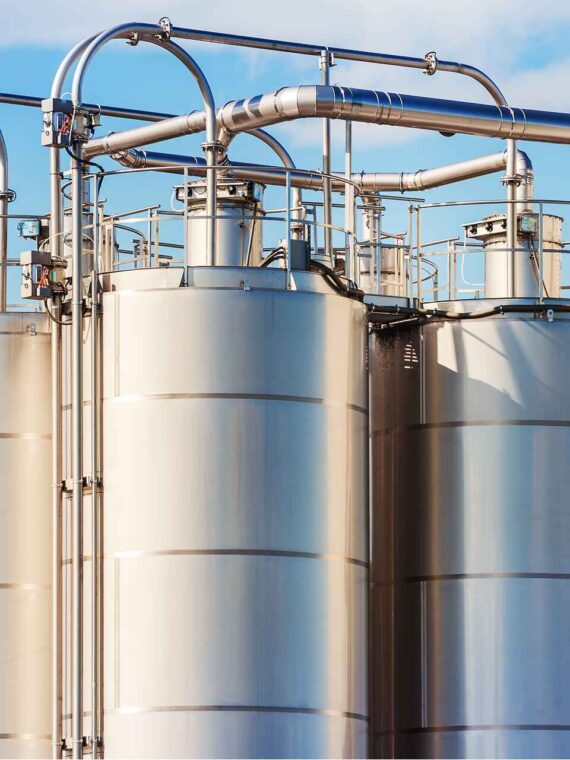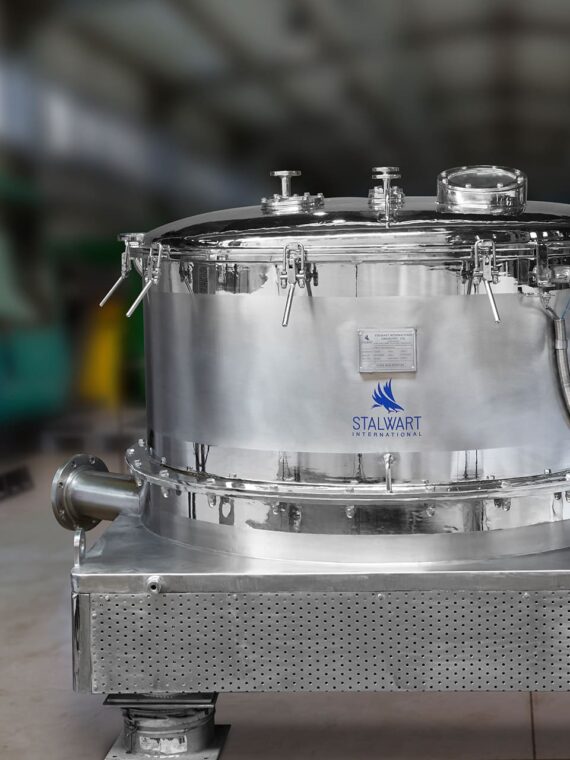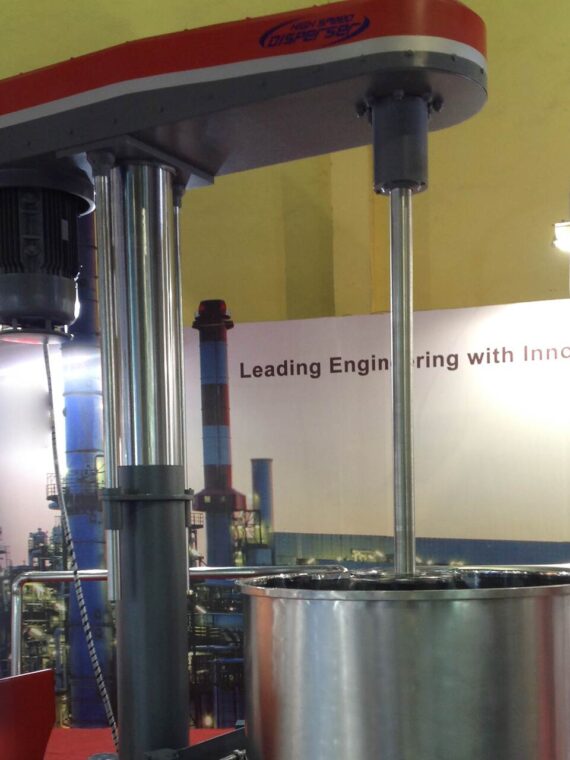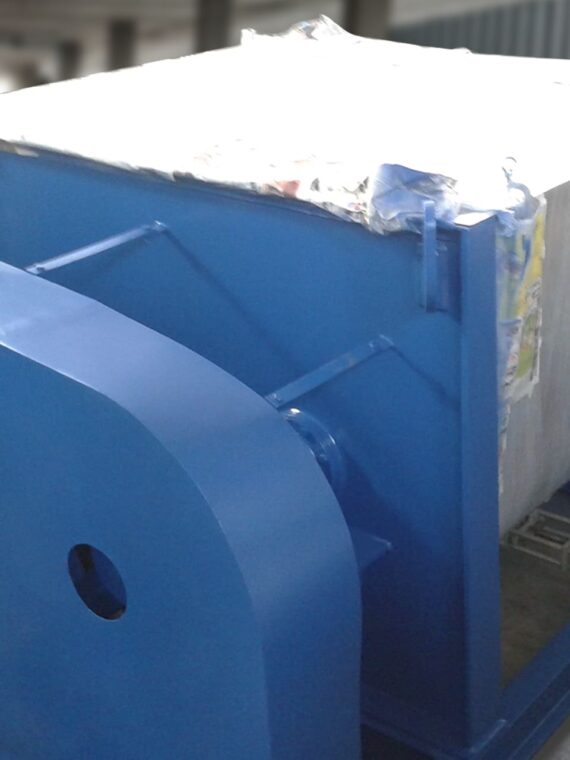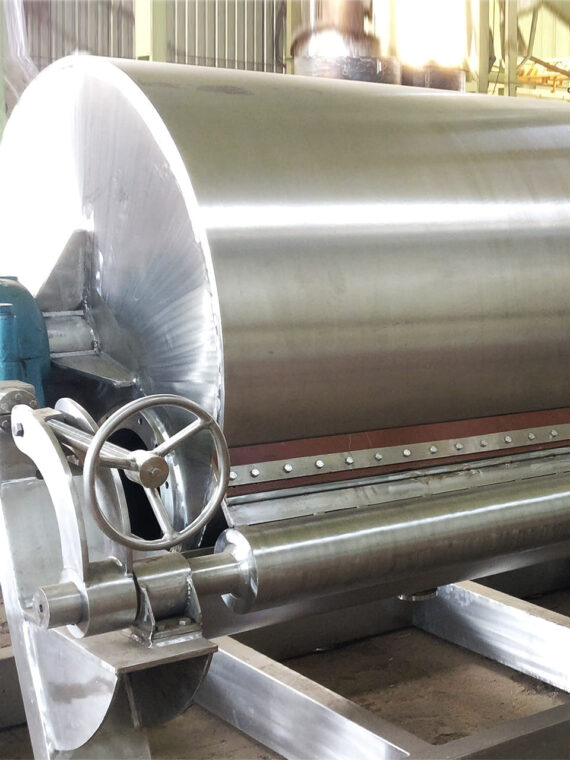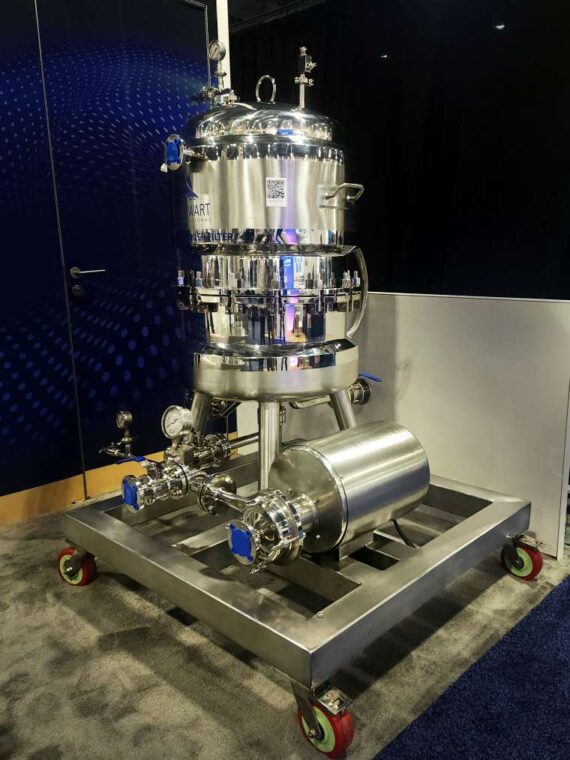Cleaning the exchanger is indeed a strenuous work that should be done under the assistance of professionals. It is also considered as a time-consuming as well as a costly process. However, you cannot really skip the bit. To make sure that the heat exchanger always remains in excellent working condition, you have to clean and maintain it within a scheduled time.
What Affects an Exchanger the Most?
Well, the most common cause because of which the heat exchangers get affected the most is undoubtedly the heat or high temperature. To put it more clearly, it is the fluctuations in the temperature that affects the machinery or equipment. And, the harm gets doubled up if the machinery does not get cleaned up.
How Often Should You Clean the Heat Exchanger?
That’s the most common question that pops up when it comes to the topic of heat exchanger cleaning. Sadly, most of the people usually take the cleaning job for granted. As a result, the dirt gets piled up, and the heat keeps on affecting the machinery, making the efficiency of the machine drop radically.
Well, honestly, you don’t need to clean up the exchanger regularly. Also, it depends on the type of fluid used for the machine or the level of using the machinery – these factors often bring some change in the maintenance protocol.
According to the heat exchanger manufacturer, you should be cleaning up the machine once every 4-6 years. However, if the equipment is quite old or requires more frequent servicing, it is advised to increase the frequency.
The Process of Cleaning Heat Exchangers
There are two basic methods of cleaning and maintaining this special equipment. There is a reactive method and the proactive method. The proactive maintenance method involves checking up the equipment following a regular routine. On the other hand, reactive means in-assembling the entire machine and carrying out a thorough clean up.
Evidently, the proactive cleaning for the different types of heat exchangers may be done following the DIY method. Still, for the reactive process of cleaning, you will undoubtedly need the help of professionals.
Proactive cleaning is counted as the first stage of equipment maintenance. Through this process, you can check out the irregularity or probable faults in the equipment. Thus, you can take note of the damage probability and take the necessary steps to fix those up.
It’s basically a process of analyzing the performance of the heat exchanger after the necessary cleaning is done where monitoring the changes in pressure and temperature is being considered.
Whereas the proactive maintenance takes place on the site, the reactive cleaning and maintenance process is done off the site. In this process, gaskets, nozzles, plates, tubings, and frames of the machine along with the other parts depending on the types of heat exchangers are being examined thoroughly and make sure that the device is in its perfect working condition for a long time.
So, now you have understood the essential facts regarding the maintenance of this particular machine in question, it’s time to have a consultation with the heat exchanger manufacturer and get to know more tips on the cleaning and maintenance procedure closely.
A traditional disperser obviously can not reach the same dispersion rate nor can it accommodate this difficult process of mixing. The Ultimate High Speed Twin Shaft Disperser is a great alternative to high-pressure homogenizers when it comes to making fine food emulsions such as mayonnaise, mustard sauce, peanut butter, ketchup, etc.
FAQs
How often should a heat exchanger be cleaned?
The frequency of cleaning a heat exchanger depends on its usage, the type of fluid it handles, and the operating environment. Generally, it is recommended to clean it at least once a year for optimal performance. However, in industries with heavy contamination, more frequent cleaning, such as every six months, may be necessary. Regular inspections can help determine the best cleaning schedule.
How can I improve my heat exchanger performance?
To improve heat exchanger performance, ensure regular cleaning and maintenance, use high-quality fluids to reduce scaling and fouling, monitor temperature and pressure levels, and check for leaks or blockages. Upgrading to more efficient materials or designs and optimizing fluid flow rates can also enhance performance and energy efficiency.
What is the best way to clean a heat exchanger?
The best cleaning method depends on the type of heat exchanger and the level of fouling. Common methods include chemical cleaning (using descaling agents to dissolve deposits), mechanical cleaning (using brushes or high-pressure water jets), and ultrasonic cleaning for delicate components. Choosing the right method ensures effective removal of contaminants without damaging the equipment.
Is it worth cleaning a heat exchanger?
Yes, regular cleaning of a heat exchanger is essential to maintain efficiency, reduce energy consumption, and prevent costly repairs. A dirty heat exchanger can lead to reduced heat transfer, increased pressure drops, and potential equipment failure. Proper maintenance extends the lifespan of the system and ensures optimal performance.


